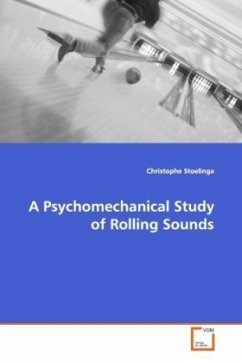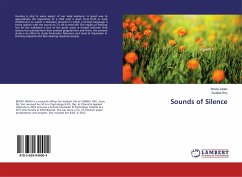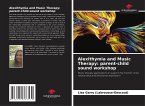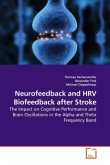In this manuscript both the mechanics and the
perception of the
sounds from rolling
and bouncing objects were studied. The
characteristics of the
interactions between balls and plates are defined by
physical
properties of the components in the interaction,
among them the
size and speed of the rolling balls, and, perhaps,
the thickness of
the plate over which the ball rolls. The research
question was to
determine to what extent a listener could "hear"
these physical
properties. By calculating the psychometric function
for the
participants estimations, an exact measure of the
probability that a
listener could correctly identify the difference in
one of the physical
parameters was calculated. What kind of information
in the sound
the listeners based their decisions upon was also
investigated. The
influence and relative weighting of different sources
of information
was studied in perception experiments. Further
arguments are
provided that show the auditory perception of
mechanical object
properties is a layered process, and detection and
estimation find
place at a different level of such a layered process.
perception of the
sounds from rolling
and bouncing objects were studied. The
characteristics of the
interactions between balls and plates are defined by
physical
properties of the components in the interaction,
among them the
size and speed of the rolling balls, and, perhaps,
the thickness of
the plate over which the ball rolls. The research
question was to
determine to what extent a listener could "hear"
these physical
properties. By calculating the psychometric function
for the
participants estimations, an exact measure of the
probability that a
listener could correctly identify the difference in
one of the physical
parameters was calculated. What kind of information
in the sound
the listeners based their decisions upon was also
investigated. The
influence and relative weighting of different sources
of information
was studied in perception experiments. Further
arguments are
provided that show the auditory perception of
mechanical object
properties is a layered process, and detection and
estimation find
place at a different level of such a layered process.








